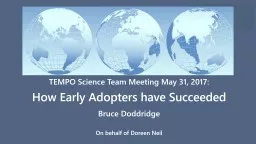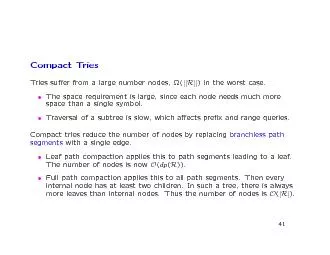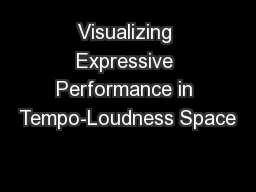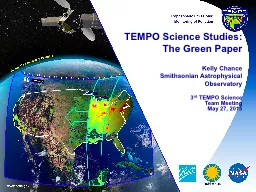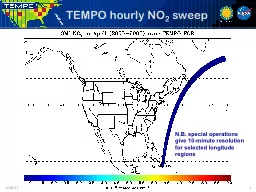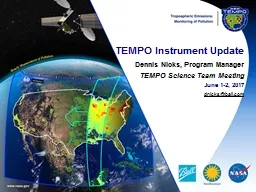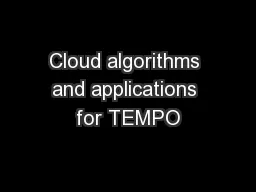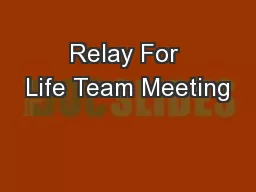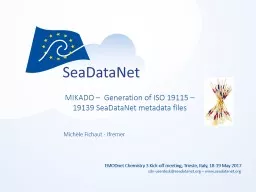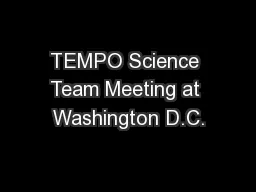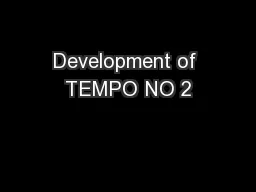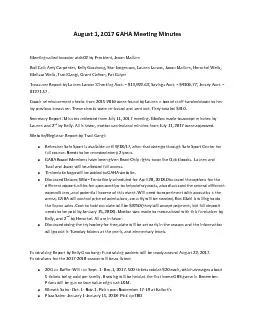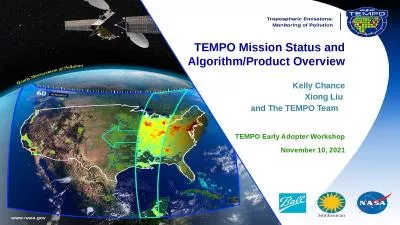PPT-TEMPO Science Team Meeting May 31, 2017:
Author : pasty-toler | Published Date : 2017-11-09
How Early A dopters have Succeeded Bruce Doddridge On behalf of Doreen Neil H ow other Early Adopters have succeeded Created Applications Working Groups that engaged
Presentation Embed Code
Download Presentation
Download Presentation The PPT/PDF document "TEMPO Science Team Meeting May 31, 2017:" is the property of its rightful owner. Permission is granted to download and print the materials on this website for personal, non-commercial use only, and to display it on your personal computer provided you do not modify the materials and that you retain all copyright notices contained in the materials. By downloading content from our website, you accept the terms of this agreement.
TEMPO Science Team Meeting May 31, 2017:: Transcript
Download Rules Of Document
"TEMPO Science Team Meeting May 31, 2017:"The content belongs to its owner. You may download and print it for personal use, without modification, and keep all copyright notices. By downloading, you agree to these terms.
Related Documents

